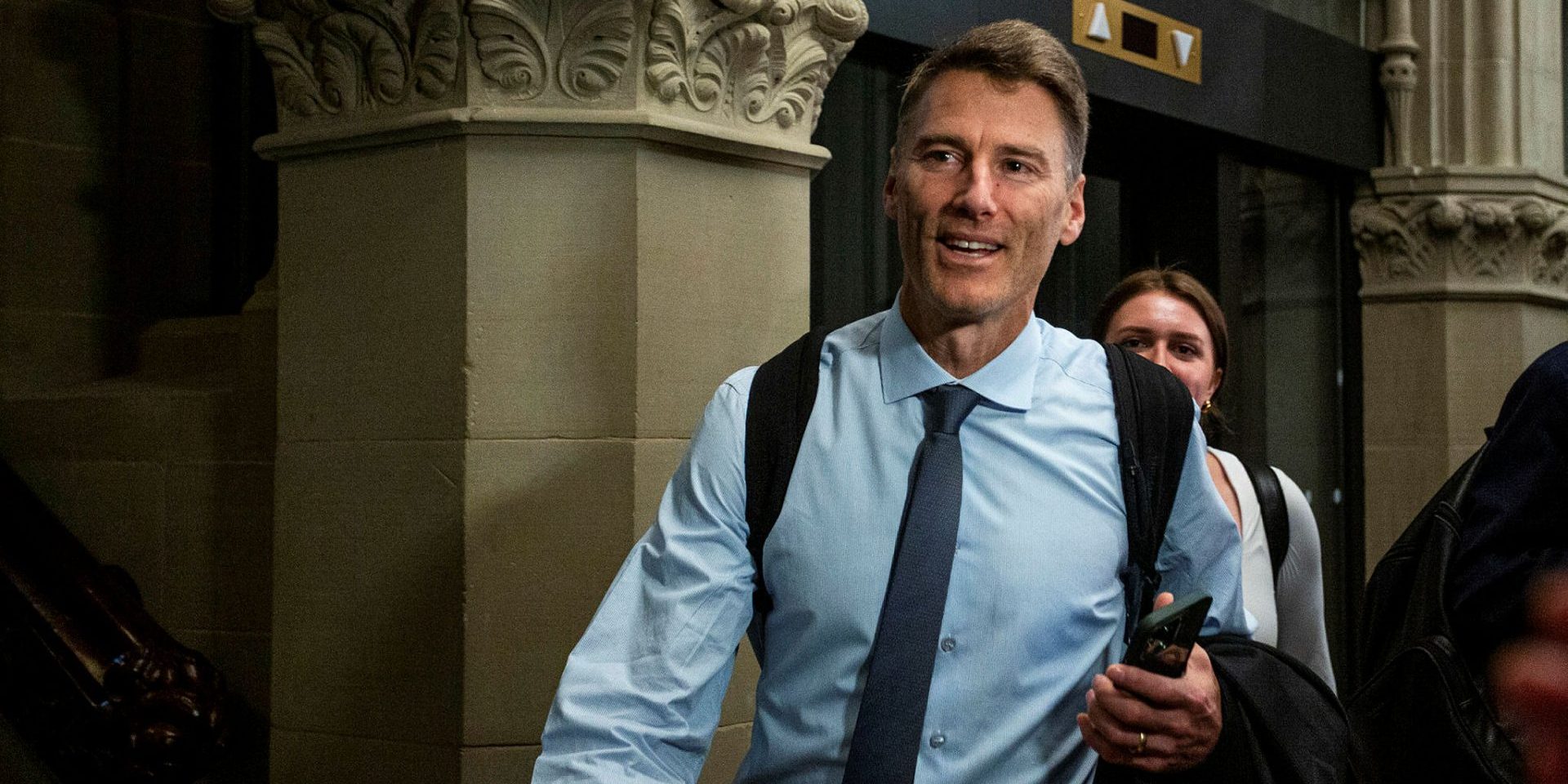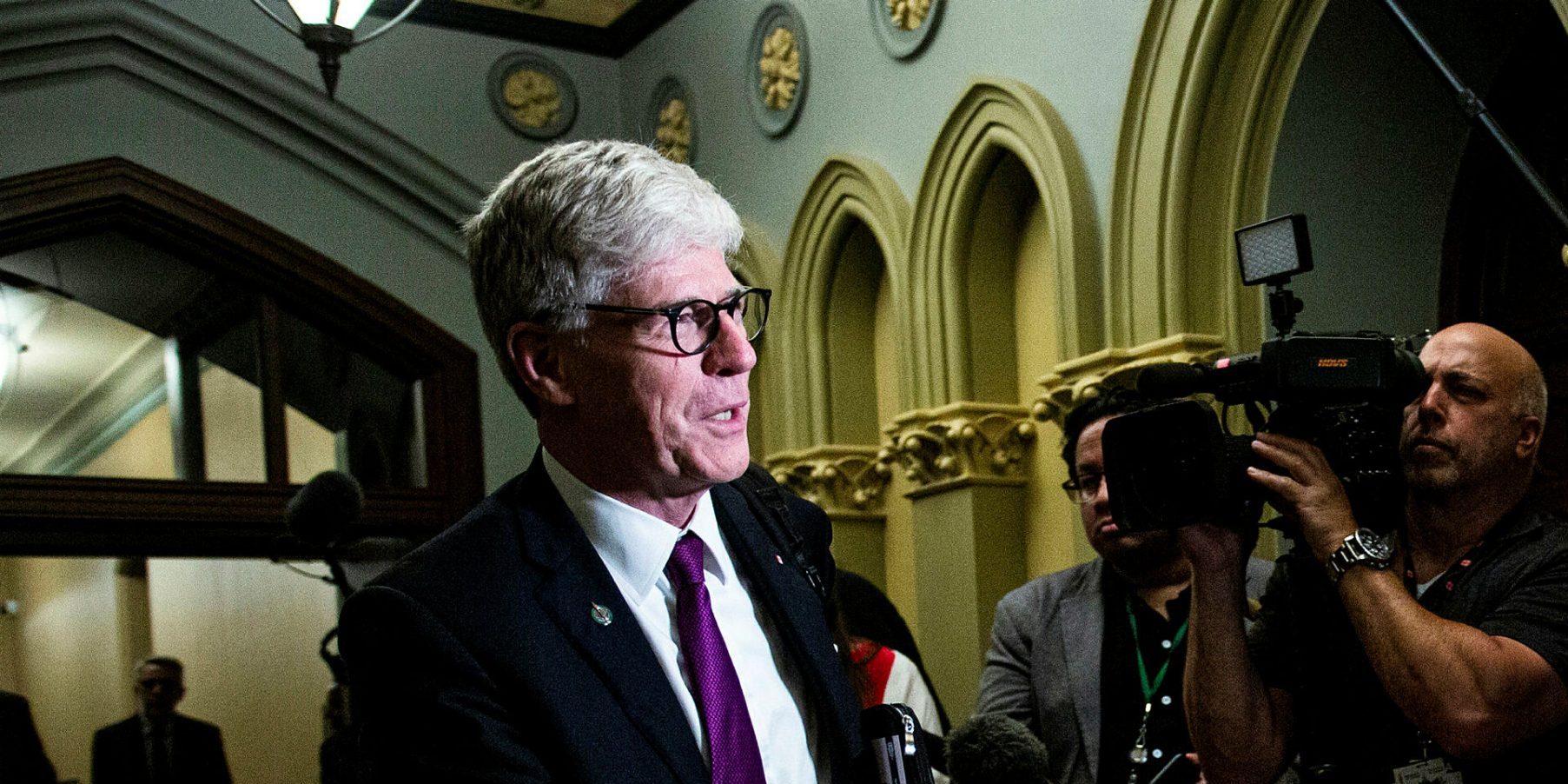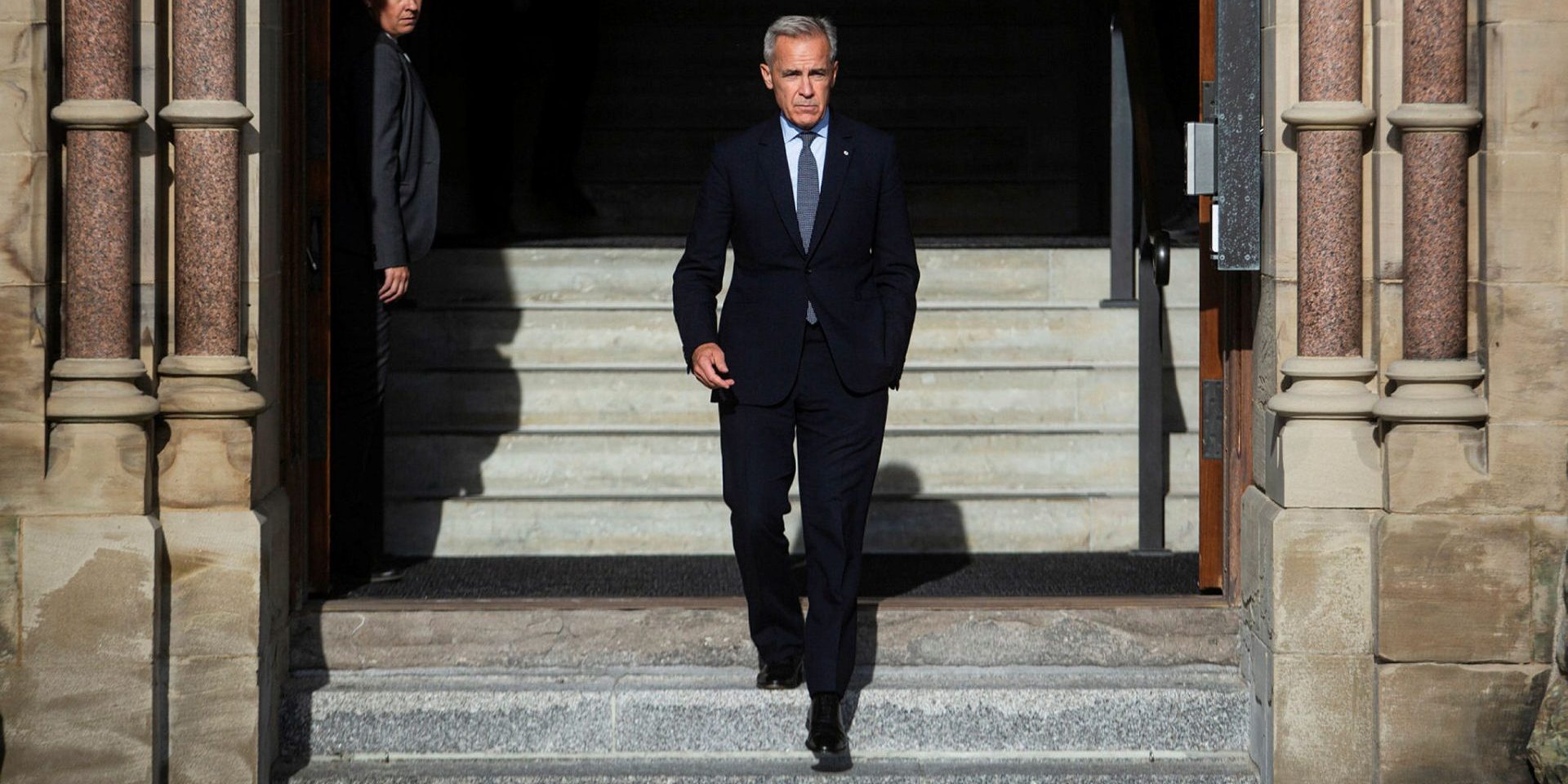Closing the First Nations infrastructure gap would benefit us all

As Canada navigates a period marked by economic uncertainty, climate disruption, and geopolitical instability, infrastructure investment has re-emerged as a cornerstone of national resilience.
Recent research from the Assembly of First Nations (AFN) and the Conference Board of Canada offers a timely lens into how closing the infrastructure gap in First Nations communities intersects with the country’s broader socioeconomic objectives.
In 2024, the AFN released its Closing the Infrastructure Gap by 2030 report. It estimated that $349.2-billion is required to close this gap by 2030, spanning 10 infrastructure areas, from housing and education to climate adaptation and digital connectivity. While the scale is significant, the projected returns are equally compelling: $635-billion in economic output, 2.4 million full-time jobs, and $86.7-billion in government revenues. These figures suggest that First Nations infrastructure is not a niche concern. It is a macroeconomic lever for the country as a whole.

The geopolitical context reinforces this view. Canada’s position in the G7 has been challenged by lagging productivity and uneven regional development. Without investment in First Nations infrastructure, Canada is projected to rank last among G7 countries in GDP per capita growth through 2030. With full investment, it would rise to first place, and 15th among 38 advanced economies globally. This shift reflects the broader economic potential of closing the infrastructure gap.
Moreover, the AFN and the Conference Board of Canada’s report, The Benefits for All Canadians – Parts 1 and 2, highlights how First Nations-led infrastructure initiatives—such as Shoal Lake 40’s Freedom Road, or the Simpcw First Nation’s net-zero housing project—are advancing models of sustainability, local control, and intergenerational planning. These projects are not only improving service delivery, they are redefining how infrastructure can reflect cultural values and community priorities.
Importantly, the cost of delays is not static. While the current estimate to close the gap by 2030 is $349.2-billion, extending the timeline to 2040 would likely increase the total cost due to tariffs, inflation, asset deterioration, and the compounding effects of unmet needs. In this context, infrastructure investment represents not only the pursuit of equity and efficiency, but also a strategic measure to mitigate future risks and economic losses.
Canada has a legal and moral duty to ensure First Nations have access to services comparable to those available to other Canadians. This responsibility is grounded in constitutional and treaty rights, and is guided by principles such as reconciliation and the honour of the Crown. These principles call for integrity, fairness, and respect in government dealings with Indigenous Peoples, and affirm their right to self-determination and equitable living standards.
Despite these commitments, significant gaps remain in the delivery of services to First Nations. Historical underfunding, limited resources, and slow policy implementation have hindered progress. While reconciliation efforts aim to repair past injustices and foster respectful, nation-to-nation relationships, translating these principles into consistent and effective action continues to be a complex and evolving challenge.
To address these gaps, Canada must recognize First Nations infrastructure as a matter of national significance. Legislation such as the Building Canada Act (Bill C-5), which streamlines approvals for projects deemed to be in the national interest, should explicitly include Indigenous infrastructure.
These investments support economic growth, climate resilience, and regional development, while advancing reconciliation and inclusion. They also strengthen Canada’s trade infrastructure strategy by improving connectivity in northern and remote regions, reinforcing Arctic sovereignty, and enabling access to new markets. Together, these outcomes contribute to Canada’s broader goal of building a more sustainable, equitable, and prosperous future for all. These are key priorities identified in the Conference Board of Canada’s Corridors of Prosperity report.
As governments and institutions consider the next phase of recovery, this work offers a data-rich foundation for understanding how inclusive infrastructure can drive economic, social, and environmental resilience.
Julie Pellerin is director of the Indigenous and northern communities team at the Conference Board of Canada.
The Hill Times





 LICENSING
LICENSING PODCAST
PODCAST ALERTS
ALERTS


